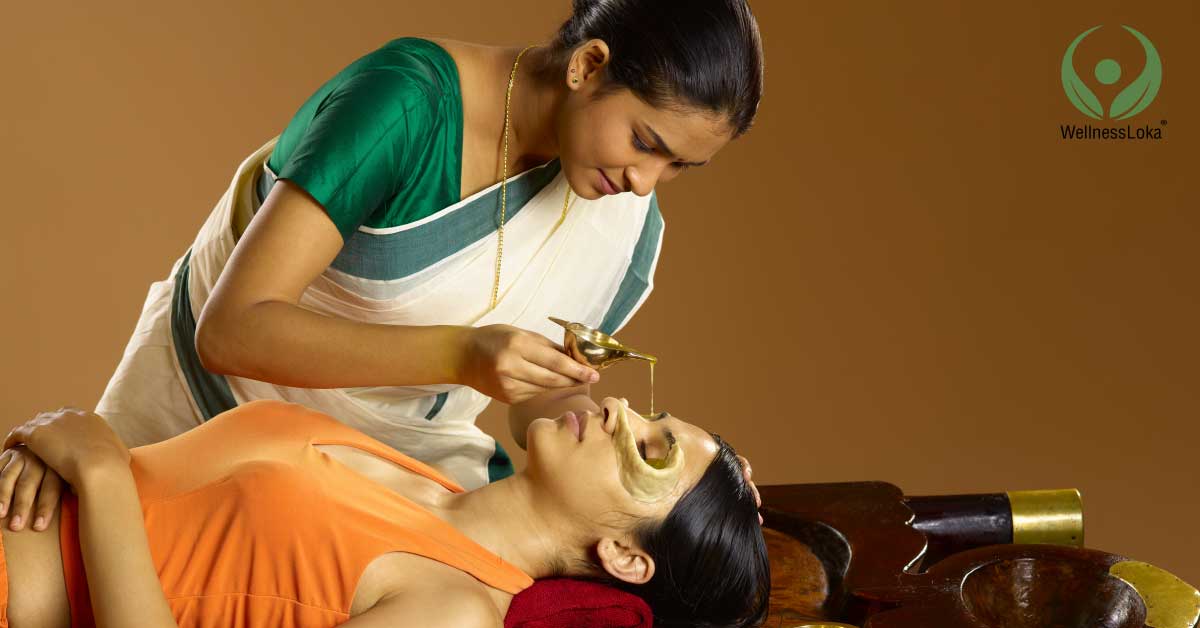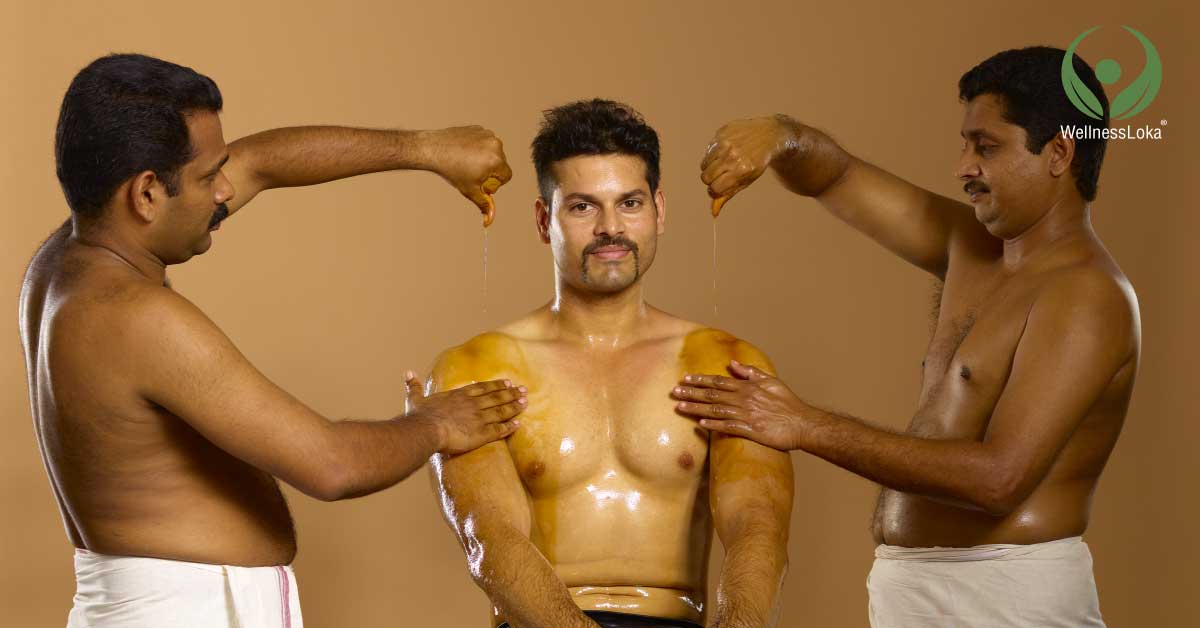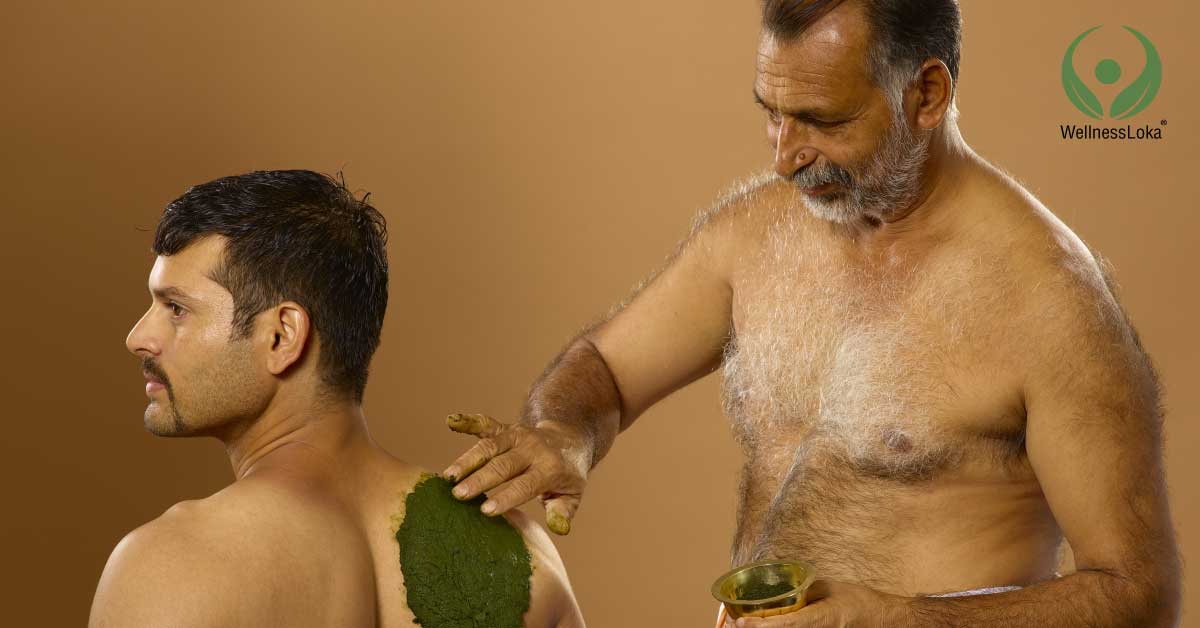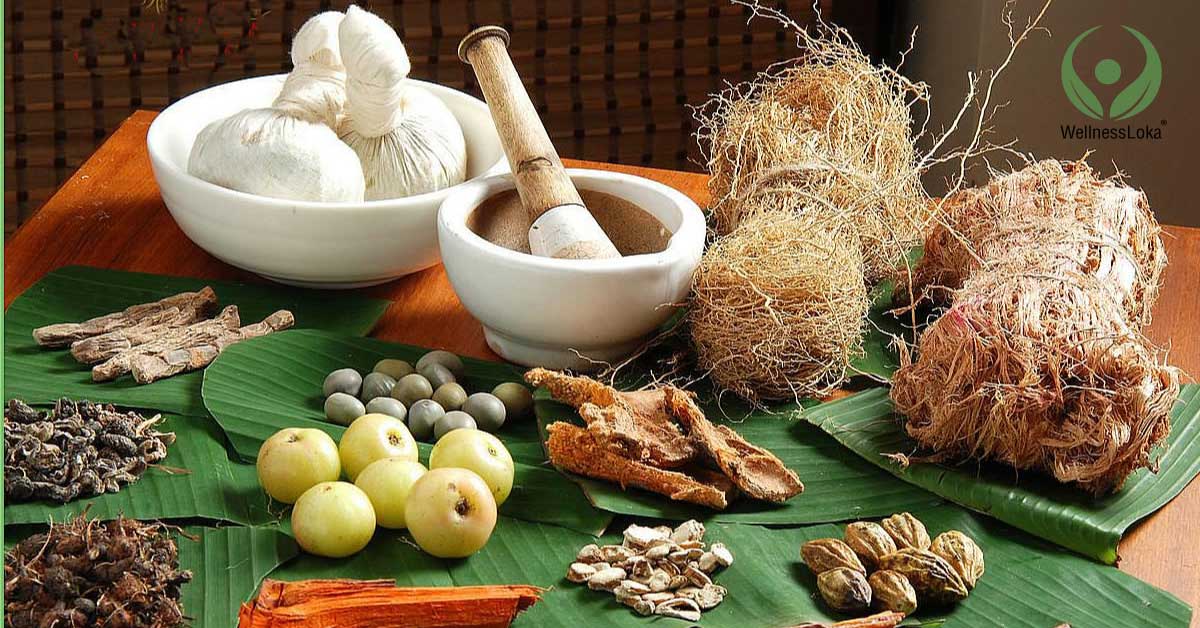Post-Pregnancy Health Programmes

Giving birth to a new life is not a simple thing. Imagine a life growing inside you! Pregnancy makes a lot of changes in a woman physically and mentally.
THE CHANGES IN A WOMAN DURING PREGNANCY
The External Genital Organs becomes oedematous and the blood circulation increases there. Superficial varicosities may appear.
The Vagina increases in size. It also becomes oedematous and the circulation is increased.
The Uterus grows enormously and its capacity is increased by 500 to 1000 times.
The most evident changes can be seen in breasts. Breasts increases in size and secretion of colostrum can be seen. Along with that, the nipples get pigmented,
The Skin gets pigmented in face, breast and abdomen.
The Body Weight increases constantly. But in some, the vomiting or nausea causes the decrease in weight. The total weight gain in a healthy pregnant woman, who is carrying a single foetus, is average 11Kg.
During pregnancy a large amount of water is retained in the woman’s body. It is about 6.5L.
The Blood Volume, Plasma Volume, RBC and Haemoglobin levels increase markedly. This increase is due to the increased oxygen demand in pregnancy. The Immune system becomes more active. Similarly the coagulation factors too increase. Even though the Cardiac output increases, the Blood pressure usually remains unaffected. But in some, a mid-pregnancy drop in of diastolic pressure by a small value of 5-10mm of Hg is seen.
The Total Metabolism increases. This is due to the needs of growing uterus.
The Lung Capacity decreases.
Many Emotional Changes occurs due to the hormonal changes. Even though mood changes are normal, some women may experience severe depression. These situations are to be handled wisely by family.
Above all these changes the woman undergoes severe stress during labour.
WHY POST-PREGNANCY CARE IS IMPORTANT ?
The above said changes will create a strain in the woman’s body and mind. Therefore Ayurveda recommends Post-Pregnancy care.
After the delivery the Vata Dosha gets vitiated. Along with that the body gets weak. These two factors are to be considered while administering the post-pregnancy care programmes.
THE DIET PLAN
The Ayurveda recommends taking a thin soup like preparation, prepared using the prescribed medicines for the first 3 days. Medicated milk decoction is to be used in diet from 4th – 7th days. From 8th – 12th days foods that are nourishing should be taken. From 12th day onwards specially prepared meat soup is used.
REGIMENS TO BE FOLLOWED
Massaging the body and abdomen using medicated oils are recommended. After that the woman is advised to bath in luke-warm water.
Only boiled water should be used for drinking.
The woman should avoid sexual intercourse for the specified time. She should avoid stress, anger etc. She should not get exposed to cold environment. She should not undergo any Panchakarma treatments.
INTERNAL MEDICATIONS
The woman is given mainly medicines that will pacify the Vata Dosha and that will nourish her body.
For a healthy woman the above said treatments are given. If she is suffering from any other discomforts, it should be mentioned to the physician, and the necessary changes will be made.



















